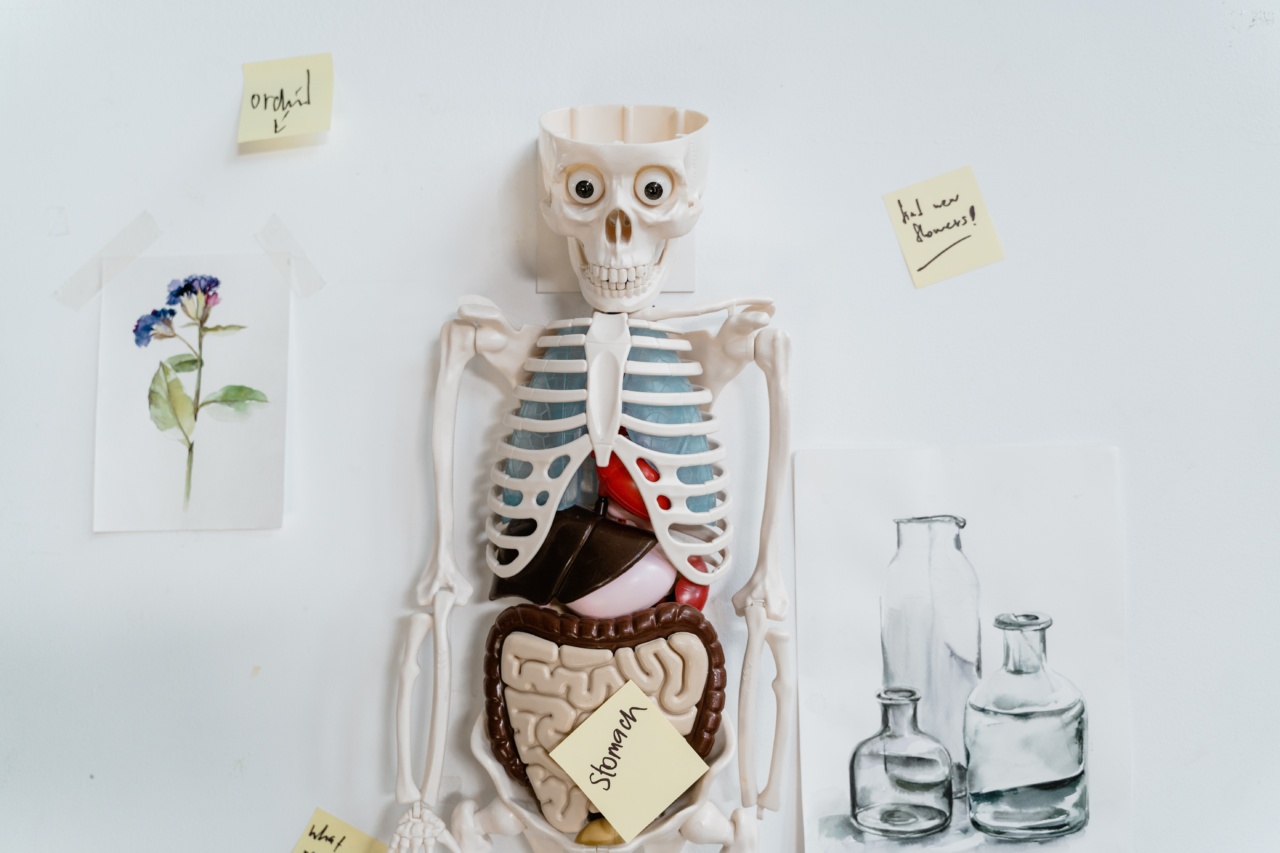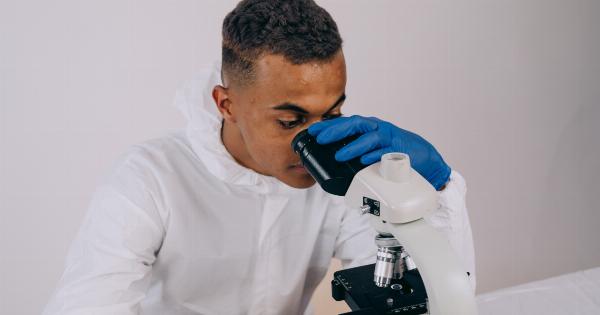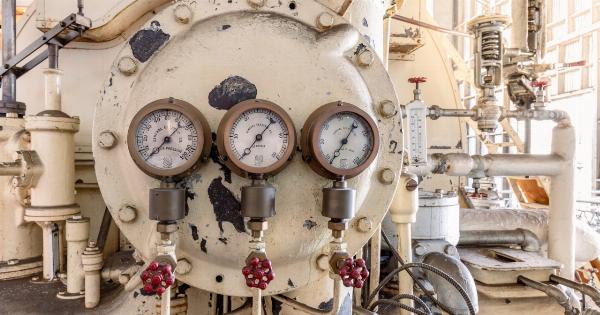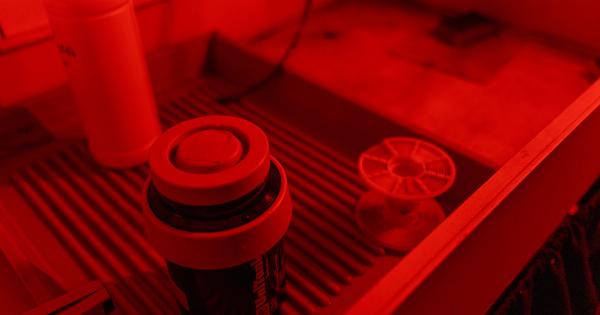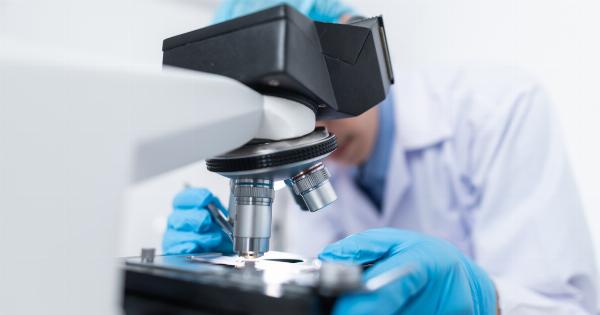Scientists have been able to develop see-through organs which will enable them to study the human body in greater detail. This is a major breakthrough that will have wide-reaching implications for medical research.
The organs are made possible through a new form of microscopy, which uses a specialized solution to make the organs transparent. Researchers can then observe the organs under a microscope without having to dissect them.
How the technology works?
The technology relies on a process called optical clearing, which involves the use of chemicals to remove fat and other opaque substances from the organs.
Once the organs are transparent, they can be imaged using a technique called light-sheet fluorescence microscopy (LSFM). This method involves shining a thin sheet of light onto the sample, which illuminates it from the side. The fluorescence then emits from the other side of the sample, and is detected by a camera.
It is also possible to combine LSFM with another technique called confocal microscopy. This allows researchers to scan through the entire organ in three dimensions, providing an unprecedented level of detail.
Researchers can then study the organ in detail, observing the structure of cells and the way they interact with each other.
Benefits of see-through organs
The ability to view organs in this way is a major advantage for medical research. It allows scientists to study diseases and disorders in unprecedented detail, providing new insights into treatments and cures.
For example, scientists can observe how cancer cells develop and spread within the body, which could lead to new treatments that target these cells specifically. The technology may also enable scientists to better understand how organs function in health and disease.
Another benefit of the technology is that it eliminates the need for dissection. In the past, researchers had to dissect organs in order to study them, which could be time-consuming and destructive.
With this technology, the organs can be studied in their natural state, providing a more accurate representation of how they function.
Possible applications of the technology
The applications for this technology are numerous. It could be used by medical researchers to study a variety of diseases and disorders, such as cancer, heart disease, and neurological disorders.
For example, by observing the way cancer cells spread, scientists could develop new treatments that target these cells specifically, without harming healthy cells. Similarly, the technology could be used to observe the way the brain functions in health and disease, which could lead to new treatments for neurological conditions.
Beyond medical research, the technology could also have applications in other fields, such as agriculture and environmental science.
By studying the internal organs of plants and animals, scientists could better understand how they function and interact with their environments. This could lead to new ways of improving crop yields and understanding the impacts of climate change.
Limitations and future developments
While the technology is a major breakthrough, there are still some limitations. For example, not all organs can be made transparent using the techniques described above.
Some organs, such as the liver and kidneys, are more difficult to image due to their complex structure. In addition, the technology is currently limited to small samples, such as mouse organs. It will need to be developed further before it can be used to study human organs.
Despite these limitations, the technology has the potential to revolutionize medical research and our understanding of the human body.
As it is developed further, it may become possible to image larger and more complex organs, opening up new avenues for research. The technology may also have applications in other fields beyond medicine, such as agriculture and environmental science.
Conclusion
Scientists have developed a new form of microscopy that enables them to view see-through internal organs. The technology relies on a process called optical clearing, which removes fat and other opaque substances from the organs.
Once the organs are transparent, they can be imaged using a technique called light-sheet fluorescence microscopy (LSFM), providing an unprecedented level of detail. The technology has the potential to revolutionize medical research, and may have applications in other fields beyond medicine.
